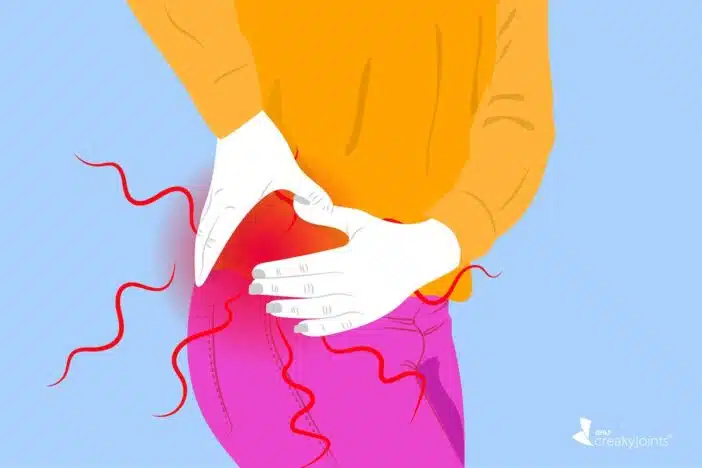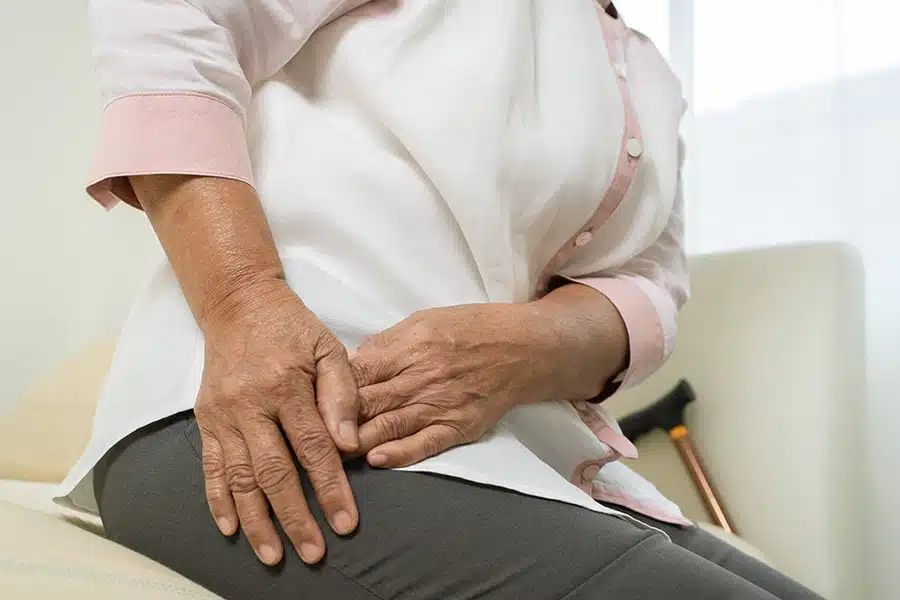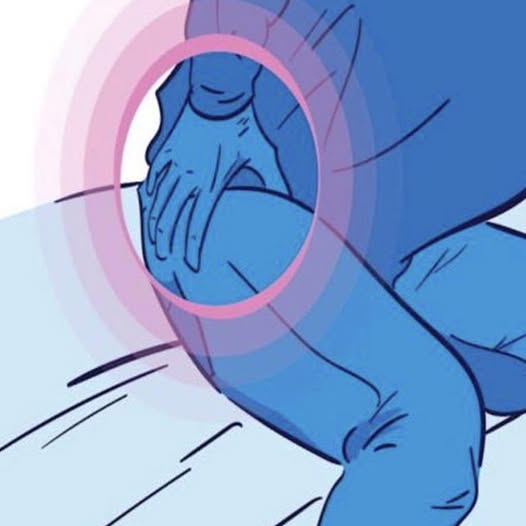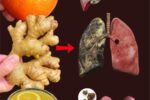Learn to identify the causes of hip pain, recognize the symptoms and take steps to alleviate discomfort.
Feeling pain in your hip when standing up, tying your shoelaces or climbing stairs is not normal – it could be a sign of wear and tear on the joint cartilage.
Often associated with old age, this discomfort also affects adults over 35 years of age.
Recognizing symptoms early and taking appropriate action helps preserve mobility and prevent chronic pain.
What is hip wear?
The hip works like a hinge that connects the pelvis to the femur, protected by cartilage that prevents friction between the bones.
When this protective layer diminishes, coxarthrosis (osteoarthritis of the hip) sets in , generating:
- Intense bone friction;
- Local inflammation;
- Pain and stiffness when moving the joint.

Main risk factors
Several elements can accelerate wear:
- Genetics: family history of osteoarthritis increases predisposition.
- Overweight: every extra kilo puts strain on the hips.
- Repetitive movements: impact sports and intense physical activities.
- Previous injuries: fractures, dislocations or previous inflammations.
Symptoms that deserve attention
Be alert when you notice:
-
- Morning stiffness that gradually improves with movement.
- Pain when walking or climbing stairs, especially in the groin.
- Difficulty bending over and putting on shoes.
- Cracking or rubbing sensation in the joint.
- Nighttime discomfort that disrupts sleep.
How to relieve pain and protect your hip
1. Manage pain safely
Use mild painkillers, such as paracetamol, or specific anti-inflammatories, always guided by a healthcare professional.
2. Keep moving
Low-impact activities—swimming, stationary biking, and walking on flat terrain—strengthen the muscles around your hips without putting too much strain on the joint.
3. Practice physical therapy
Strengthening and stretching exercises recommended by a physical therapist help restore range of motion and reduce muscle tension.
4. Reduce joint pressure
Losing just 5% of your body weight can significantly reduce stress on your hips, relieving pain and inflammation.

When to consider surgery
If pain persists even after medical advice and rehabilitation, hip arthroplasty (joint replacement) is an option.
It is a safe and common procedure: more than 90% of patients recover good mobility for more than a decade.
Conclusion
Hip pain should not be ignored or dismissed as a simple “discomfort of aging.”
Identifying signs of wear and tear, adopting healthy habits and seeking professional help at the right time are fundamental steps to preserving your autonomy and quality of life for many years.



